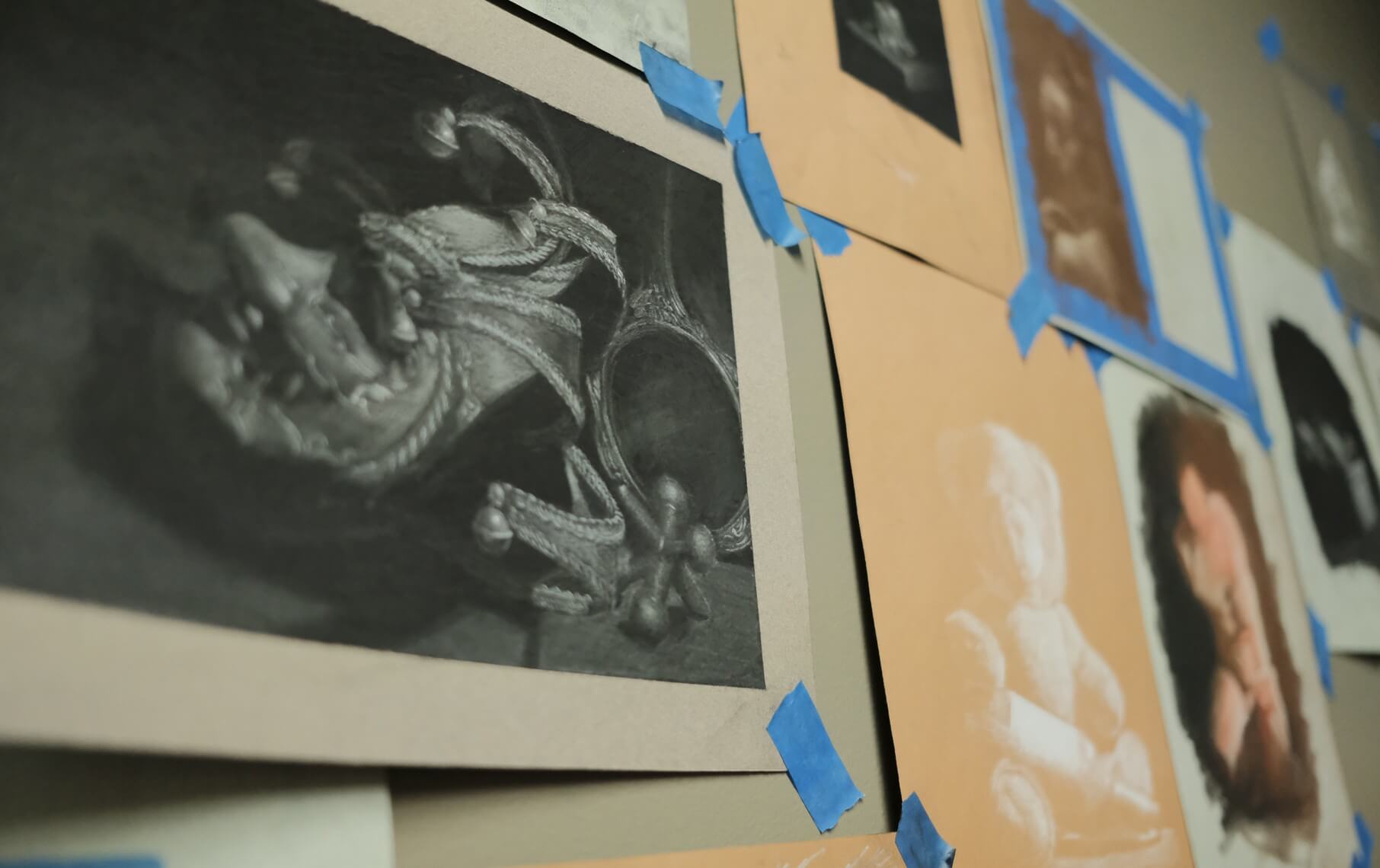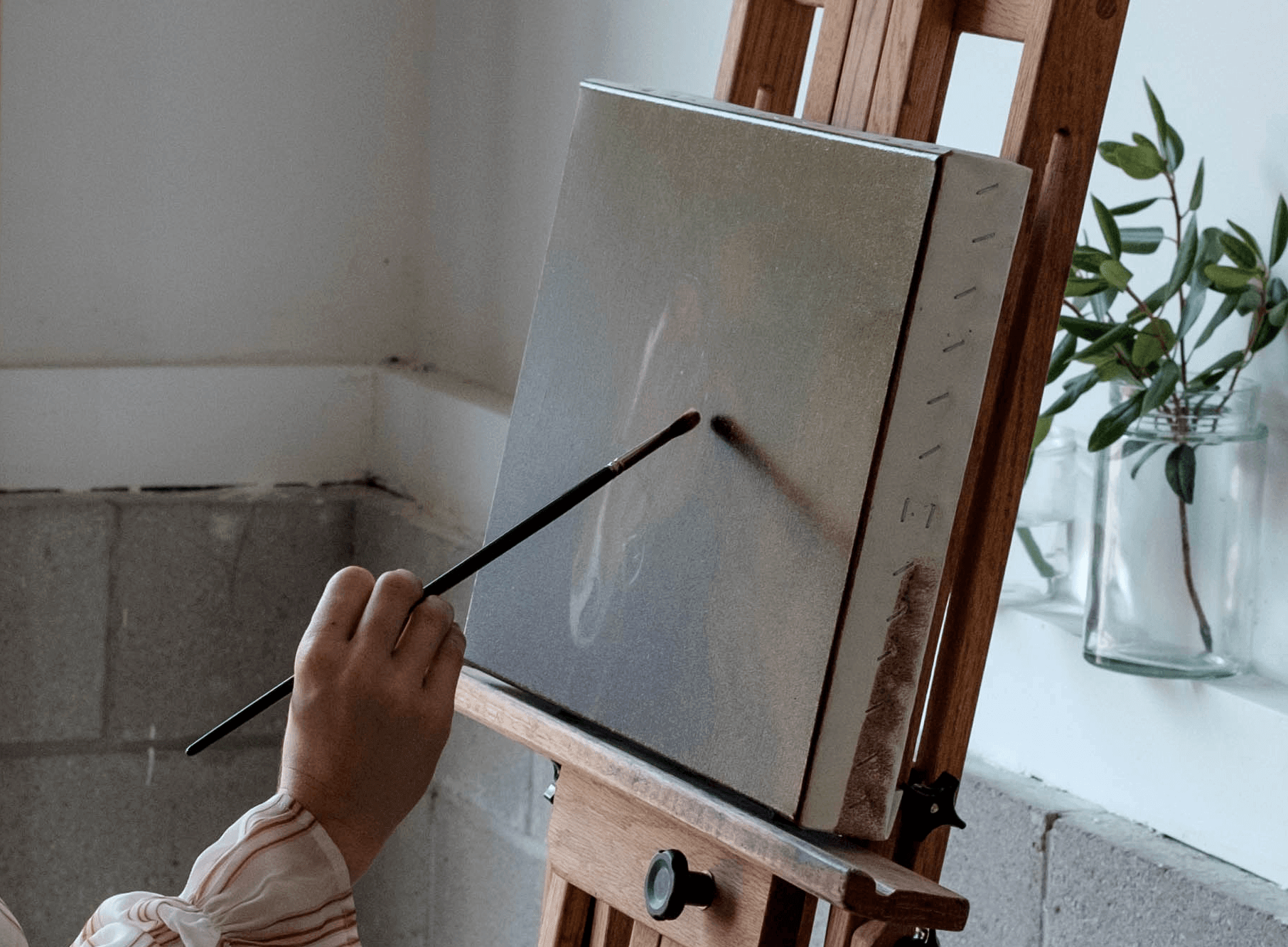
When is a painting finished? By asking yourself one careful question, you can find the answer every time! (Photo courtesy of Piper Talladay by Echo Chen)
Chances are if you’ve ever made a painting you’ve asked yourself 'when is a painting finished?' or wondered whether you should keep working on it.
New artists can spend hours adding extra details to their paintings, doing and undoing, and running the risk of ruining their paintings completely.
So how can you know, assuredly, when a painting is finished?
In our physical school in New Jersey, where the Evolve Online Program was developed, the students often come to teachers and ask, “Can you look at this? I think my painting is done”. These questions always receive the answer, “You think it is done, or you know it?” and end with the student going back to their easel to fix the issues they can clearly see within their work.
As an artist, you are the only person who can decide if your painting is finished or not. An experienced teacher can certainly help to guide you, but ultimately, you have to make that decision.
So here are 3 ways for you to know with confidence when a painting is finished.
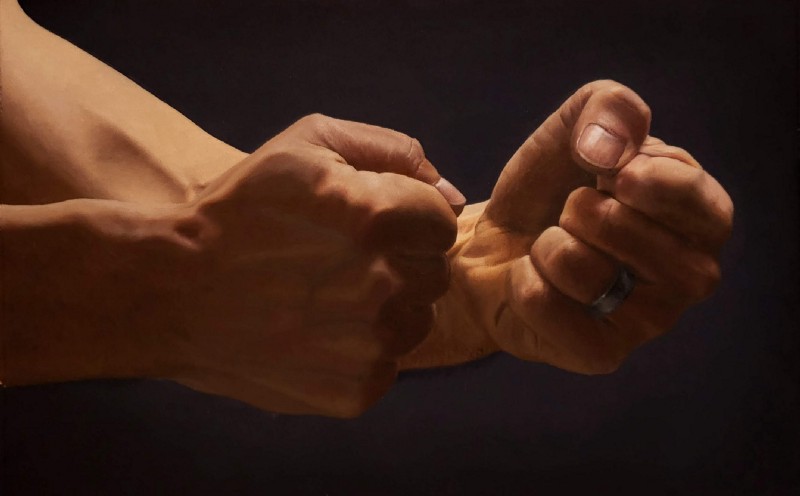
Knowing when a painting is finished is critical for artists. Evolve Student Sheila J. shows great mastery over this and is able to produce flawless, finished pieces.
1. Look for Mistakes to Finish a Painting
At Evolve, we utilize a standard to help our students figure out the answer to their question of "when is a painting finished?" The important factor being that it meets students where they are at their skills development.
- First, look at your own work, scan to see if they can find anything out of place.
- Ask yourself, “Do I know how to fix this issue?” If the answer is yes, then fix the problem. This improves the painting and moves it closer to the end goal of excellence.
- If the answer is “no”, this means you can see issues but do not know how to fix them. And in that case, you have finished the painting.
You can’t fix something in your painting if you don’t know how. Guessing at how to correct the problem will take you farther from your goal.
If a student cannot see a problem with their painting, then nothing needs correction from their perspective. Remember, only the artist can decide when a painting is finished. Do what you can within what you know.
An experienced teacher will see hundreds of issues with any student’s painting. But, great teachers know what to point out and what is above the students' comprehension at that point.
So if you look at a painting and cannot find anything wrong, or you do find something wrong, but do not yet know how to fix it on your own, then you can call the painting finished.
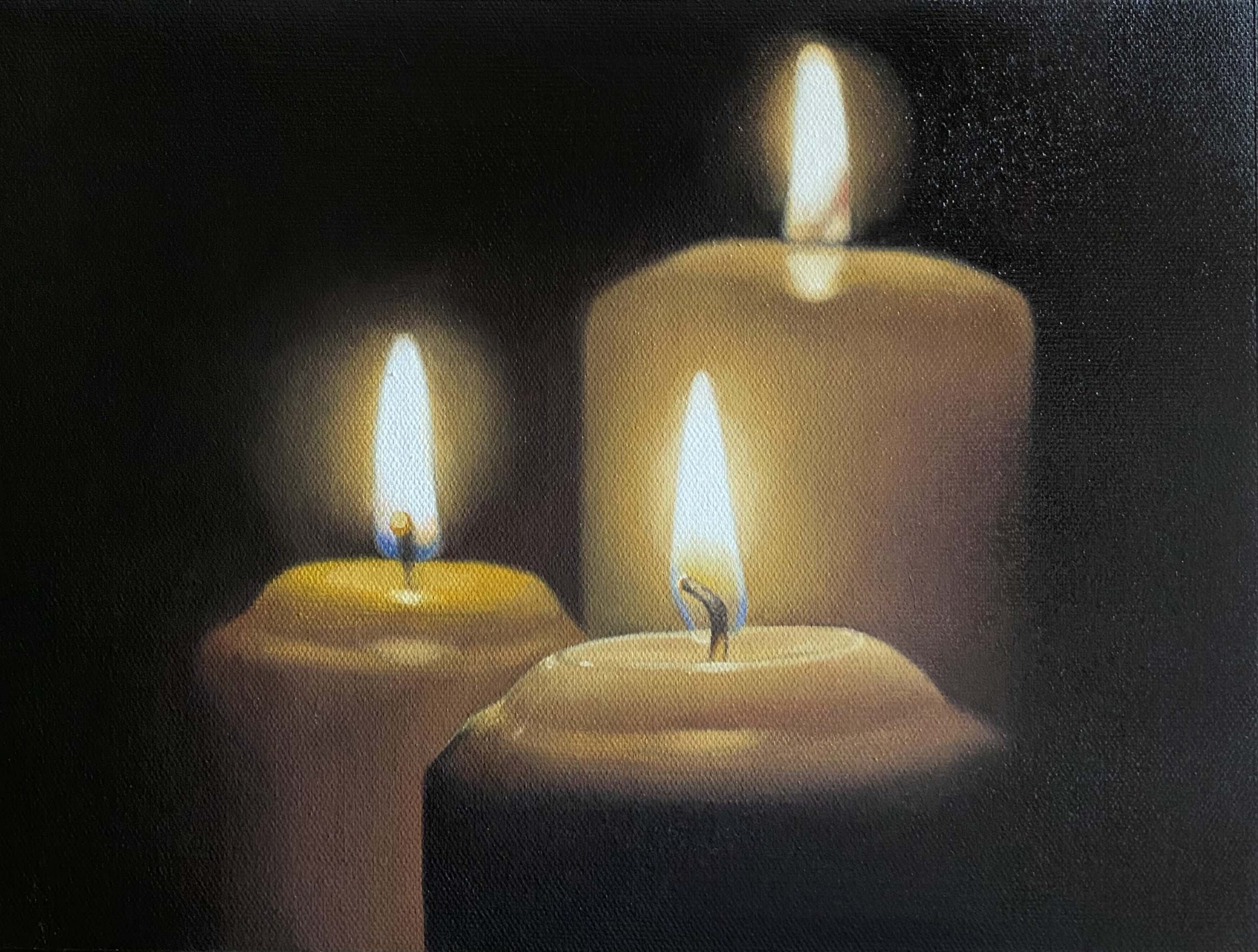
Students in the Evolve Program, like Yevginiya D. above, have a series of steps and checklists that they can follow to be certain that they have done everything in their power to finish their painting.
2. Have a System to Finish a Painting
Having a process and a system for painting is essential to being able to finish a painting. Professional artists all have systems and processes that help determine when they are content with the piece.
At Evolve, our students start with simple, grayscale paintings and are given checklists for each painting.
This enables them to physically check a box by each part of the painting to make sure they have taken care of that section to the best of their ability.
By having a process and a clear way of doing things, beginner artists can follow a proven process that gets them a good result. This enables them to confidently know "when is a painting finished".
If you don’t have a process or a system to make your art and you are struggling to fix mistakes and finish pieces, then you may consider exploring programs that teach this very sort of system.
Having a plan, a clear idea of what you want the painting to look like, and how you are going to get to that point is essential for beginners as they try to know when is a painting finished and know that they have given it every chance possible.
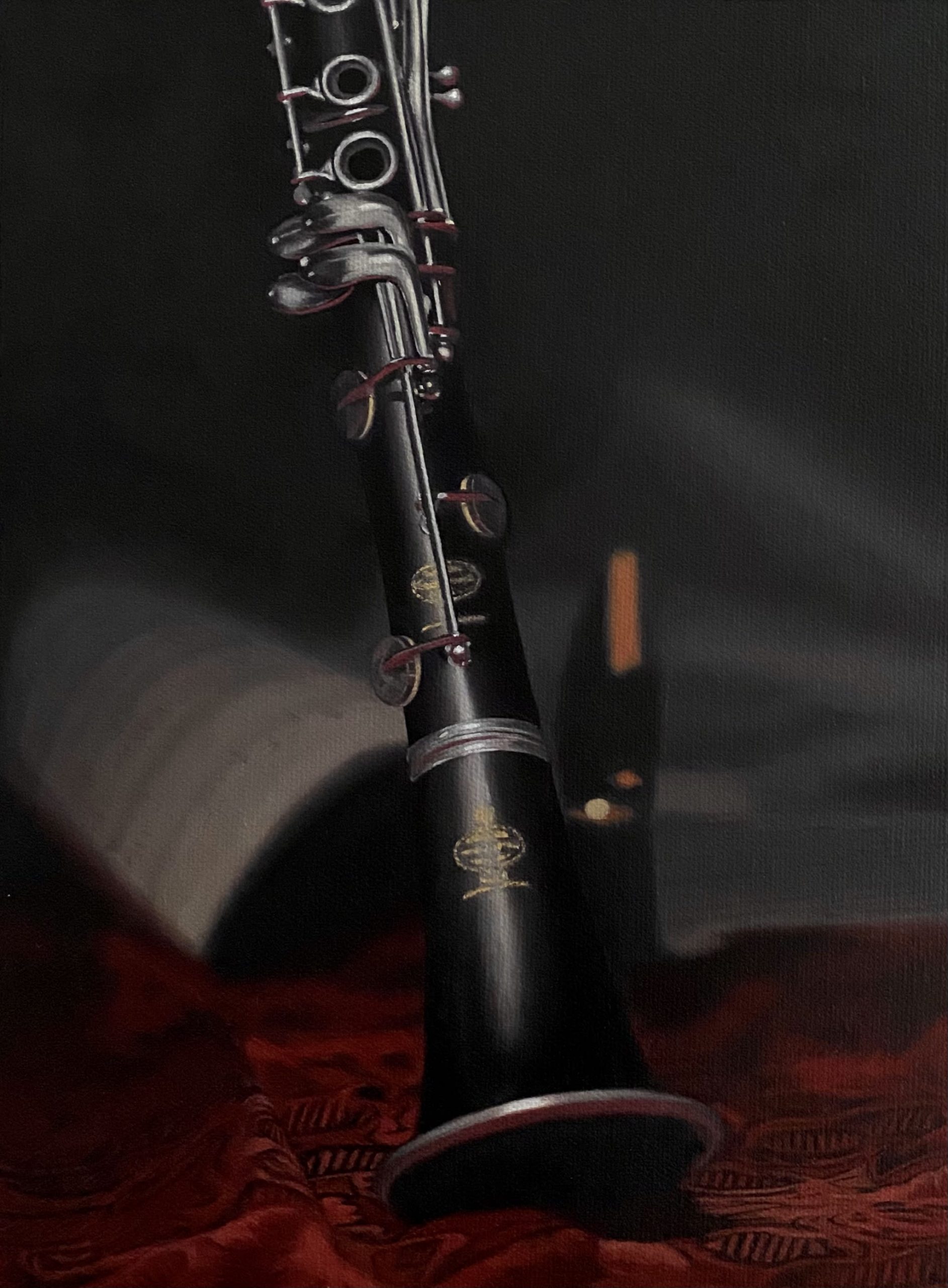
Evolve student Sindy H. shows her careful attention to detail and excellence in this Block 4 piece.
3. Hold Yourself to High Standards
In order for beginners to develop the skills of finishing paintings confidently, they need to learn how to hold themselves to a high standard.
As an artist, if you can see something in your work that needs correction, and you know how to fix it, then it is your job to fix it. A teacher does not need to stand over your shoulder and prove your quality control.
Quality control sits in the hands of the artist. Once you have received the correct education, you need to demand excellence from yourself in order to continue to grow.
Don't let the mistakes you DO know how to fix stay as mistakes.
Refusing to settle for mistakes that you know how to fix in your paintings changes you as an artist. When you take that level of responsibility, and look at finished paintings for issues that you can fix, and then fix them, you grow exponentially.
This then becomes a habit, whether you do it for three or thirty years. And approaching your work each day like this will result in art that steadily improves over time.
Final Thoughts: When is a Painting Finished?
Artists must be responsible for their own work. This will help them to know when is a painting finished.
The goal is to move the painting forward to a finished place, not to make a lateral move where the painting does not improve.
If you cannot see a clear way to improve the painting, then the painting is done.
Eventually, you will learn and these issues will resolve, but getting into the trenches without knowing what to do can prove disastrous for a painting.
Your work is finished when you decide so based on the criteria above. The things that lie in your power and understanding to fix, you must fix. Demand excellence from yourself and your work will consistently improve.
If you want to learn more about how to create systems for your art, head over to Evolve Artist.
FREE MASTERCLASS:
The 4 Part Framework to Develop Artistic Excellence in 12 Months

